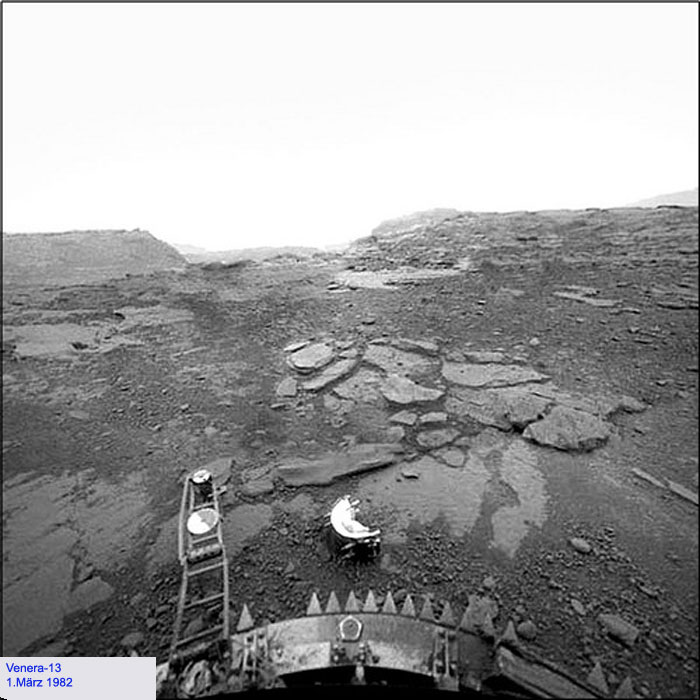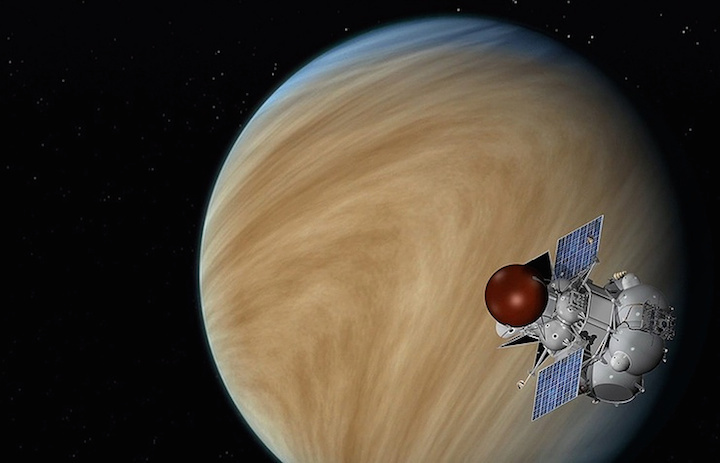.
20.01.2015
Voraussichtlicher Zeitpunkt für russischen Venera-D Exploration Rover: 2025

Russian, US experts suggest launching satellite and balloons as part of Venus space probe
The Venera-D mission might be launched in 2026

The Russian-American team that is fleshing out goals for a mission to Venus, known as Venera-D, suggest using a subsatellite with a mass no large than 120 kg and balloons as additional elements for the space probe, Roscosmos’ press service told on Friday.
"A subsatellite with a mass no large than 120kg for autonomous research and balloons of different construction for operation at an altitude of 50-55km in Venus’s atmosphere, as well as various payload proposed by the scientific community will be considered as additional elements for the space probe," the state corporation said.
It earlier emerged that the Venera-D mission might be launched in 2026.
According to previous reports, Roscosmos and NASA agreed to continue developing a joint mission to Venus in 2017-2018. The Russian side will present the Angara-A5 missile, an orbital module and a large lander for the mission, whereas Americans offer a number of devices and long-life small landers (up to 10kg).
The lander is to be dropped on the planet’s surface from Tesserae. It may be destroyed as Venus has a rocky landscape in these areas. However, it is here, on the place where the planet’s ancient surface is not covered by lava, that traces of past life may be discovered. Scientists also plan to study the greenhouse effect on the planet to avoid catastrophic heating of the Earth in the future.
Quelle: TASS
